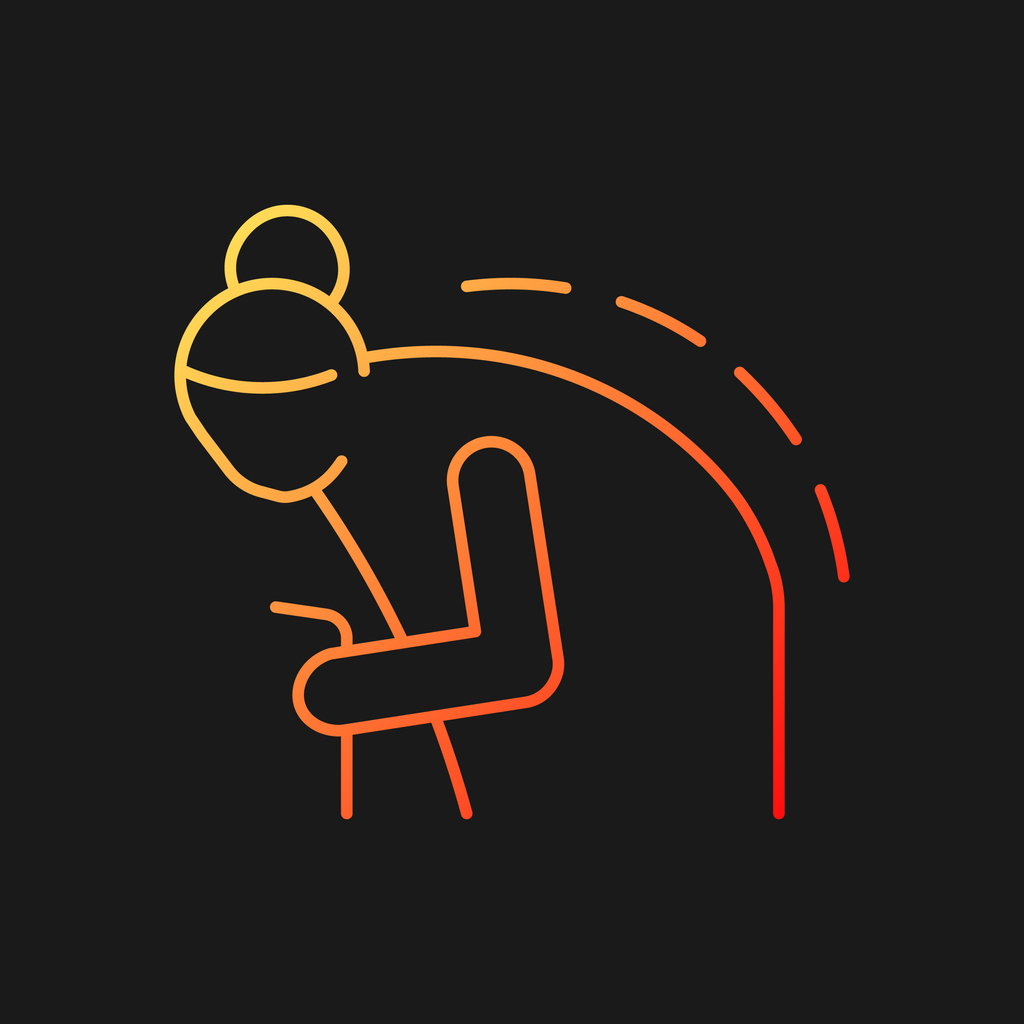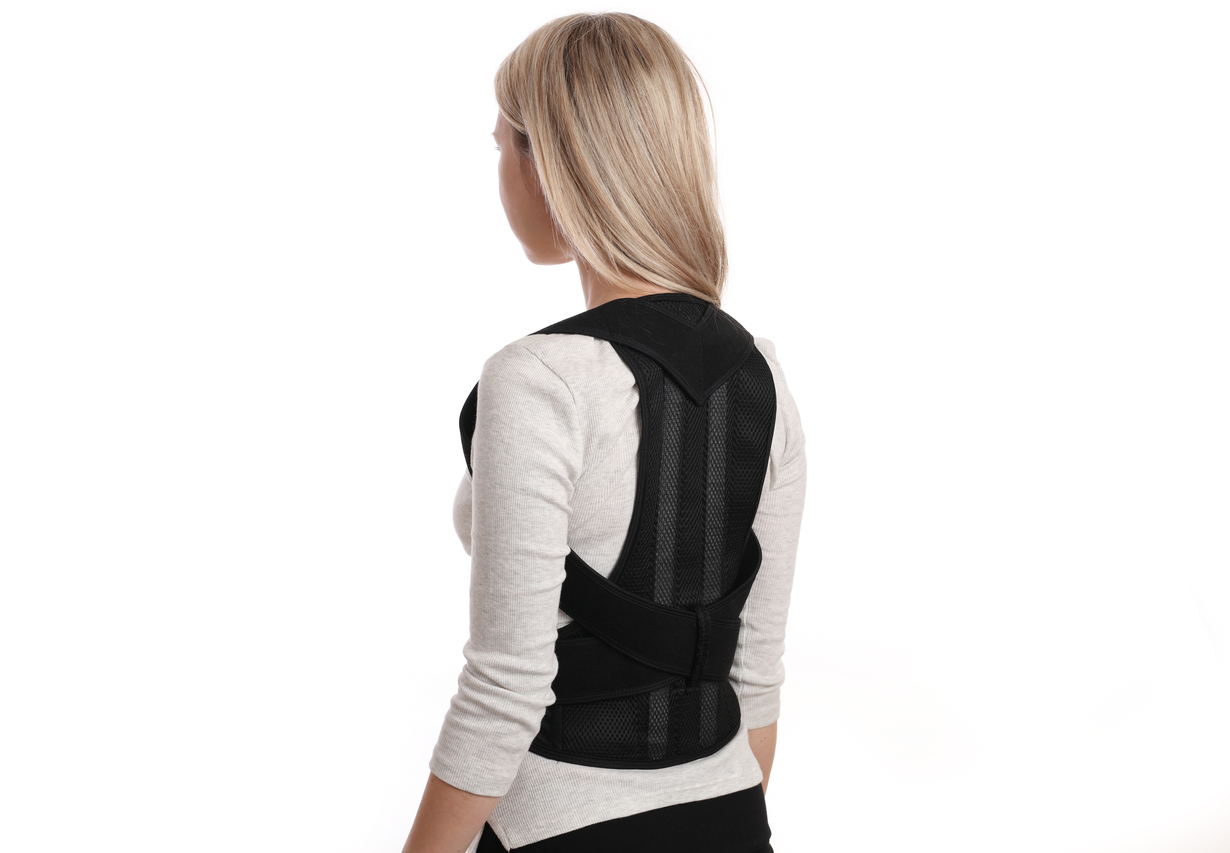Pain
What Is Kyphosis?

Kyphosis is a spinal deformity that is characterized by a forward curvature of the vertebrae in the upper back. The natural curve of the spine can bend from 20 to 45 degrees in the upper back. With kyphosis, the spine is abnormally rounded by 50 degrees or more on an X-ray. It may also be referred to as a “hunchback.” There are three types of kyphosis: postural, Scheuermann’s, and congenital.
- Postural kyphosis, the most common type, affects the middle of the back and does not involve malformed vertebrae. However, the curvature is greater than 50 degrees. It may be possible to improve this type of kyphosis with specific exercises.
- Scheuermann’s kyphosis involves vertebrae that have developed a wedge-like shape in the upper back. This variation is more rigid and tends to worsen with growth.
- Congenital kyphosis indicates that one or more vertebrae have a difference in shape. This difference will be present from the time of birth and may become more prominent over time.
Symptoms
It is possible for a person with mild kyphosis to not notice any signs or symptoms. Those with moderate to severe kyphosis may experience symptoms, which include, but are not limited to, the following:
- Increased curvature of spine
- Pain or stiffness in back or shoulder blades
- Balance issues
- Extreme fatigue
- Shortness of breath
- Numbness, weakness or tingling in the legs
- Bladder or bowel incontinence
Causes
The cause of kyphosis is dependent upon the type. Postural kyphosis is caused by poor posture, which may be worsened by lifestyle, such as leaning back in chairs, carrying heavy bags, etc. The cause of Scheuermann’s kyphosis is unknown, but it involves a difference in the spine’s structure. Congenital kyphosis is caused by a different shape of the vertebra that is present at birth.
Kyphosis may be caused by different conditions that may impact the posture or structure of the spine, including the following:
- Spina bifida
- Disc degeneration
- Neuromuscular conditions
- Osteoporosis
- Metabolic issues
- Osteogenesis imperfecta (brittle bone disease)
- Fractures
- Scheuermann's disease
- Ehlers-Danlos syndrome
Risk factors
Individuals with osteoporosis or low bone density are more likely to have kyphosis. The condition is also more common among those who have a family member with kyphosis. Kyphosis is diagnosed more often in females than in males.












